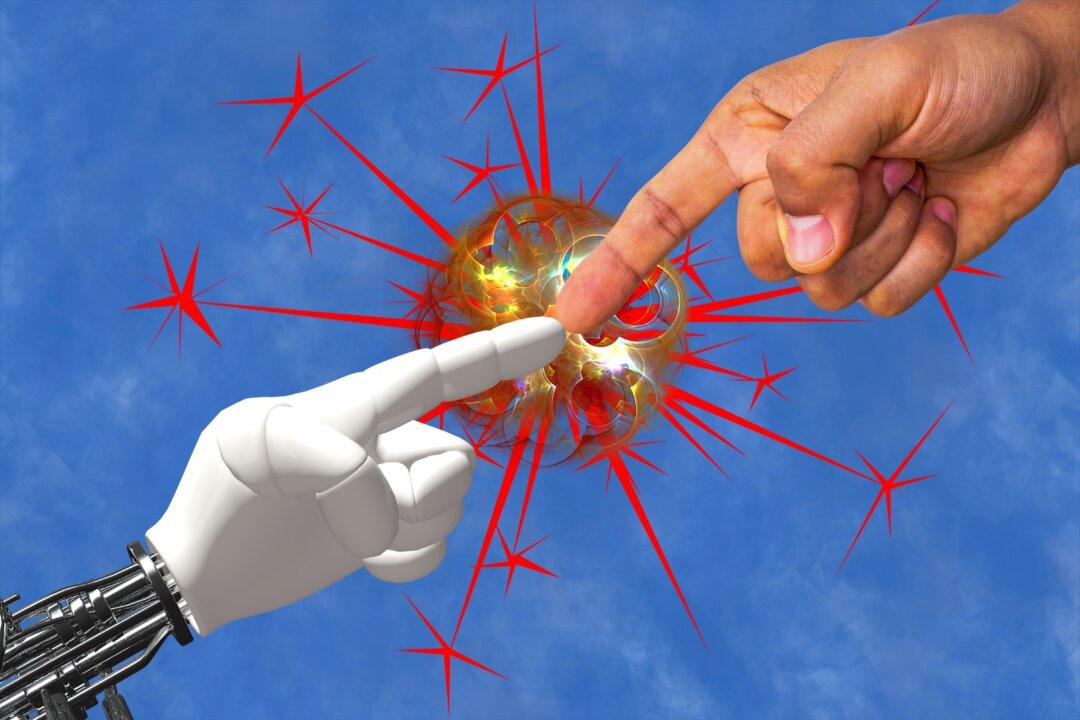For many, artificial intelligence (AI) conjures excitement; others fear it. AI has been around since the 1950s’ “AI boom.” It later slowed down in the 1980s, but by the 1990s, machine-learning algorithms and computing power were developed.
Today, there are many common AI applications. And AI is projected to significantly impact both the United States and global economies. But how is AI used in everyday life, and what is the cost?






